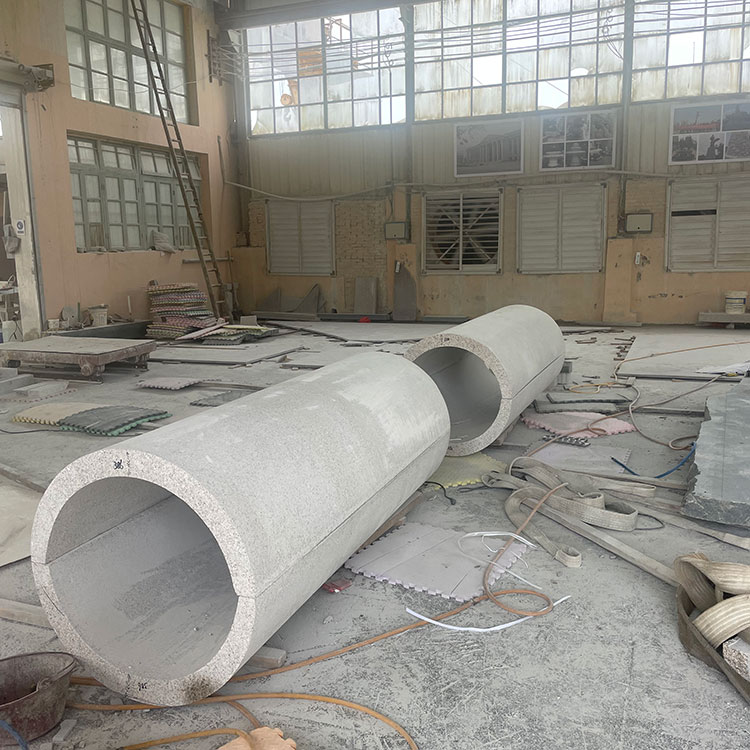
- English
- Español
- Português
- русский
- Français
- 日本語
- Deutsch
- tiếng Việt
- Italiano
- Nederlands
- ภาษาไทย
- Polski
- 한국어
- Svenska
- magyar
- Malay
- বাংলা ভাষার
- Dansk
- Suomi
- हिन्दी
- Pilipino
- Türkçe
- Gaeilge
- العربية
- Indonesia
- Norsk
- تمل
- český
- ελληνικά
- український
- Javanese
- فارسی
- தமிழ்
- తెలుగు
- नेपाली
- Burmese
- български
- ລາວ
- Latine
- Қазақша
- Euskal
- Azərbaycan
- Slovenský jazyk
- Македонски
- Lietuvos
- Eesti Keel
- Română
- Slovenski
- मराठी
- Srpski језик
Roman Column
Send Inquiry
Roman Column
Roman columns, also known as classical columns, are columns that originated in ancient Greece and are used for architectural and sculptural decoration. Roman columns are structurally divided into three parts: column base, column body and capital. The straightness of the column, the thickness of the column base and the exquisite carvings on the capital give the whole a stable and delicate aesthetic. There are many types of Roman columns, the most common of which include Doric, Ionic, and Corinthian. The Doric column has a thick and powerful column with an inverted cone-shaped capital; the Ionic column is more delicate and elegant, with a slender column and a scroll decoration on the capital; the Corinthian column combines the characteristics of the Doric and Ionic styles , the column body is more slender, and the capital decoration is complicated and gorgeous. The capital of the Ionic Roman column is concave, and two curled angular garlands protrude. The column body is similar to the Doric but more slender. Corinthian Roman column capitals are decorated with large flowers and leaves, and the column body is more slender than the previous two.
Roman columns are one of the most important decorative elements in ancient architecture and are widely used in palaces, temples, theaters and other buildings, especially in the ancient Roman period. Today, Roman columns are still one of the common elements in architectural design and are widely used in various types of buildings.
Advantages and disadvantages of Roman columns:
1. Structural support
Roman columns are common columns in ancient Roman architecture. As the structural support part of the building, they play an important role in supporting the entire building. Roman columns can be made of different materials according to different load requirements, such as marble, granite, etc., to meet the structural needs of the building.
2. Space separation
In architectural design, Roman columns can also be used as space dividers to divide the space into different functional areas. For example, in the design of a main hall, Roman columns can be used to isolate the front hall and the main hall area to achieve an independent and coherent spatial effect.
3. Decoration and beautification
Roman columns also played a decorative and beautifying function in ancient Roman architecture. They were often used to decorate colonnades, domes and arches to create a grand architectural effect. Roman columns come in various forms, such as columns, square columns, tapered columns, polygonal columns, etc. Their different forms not only meet the structural requirements, but also add to the beauty of the architectural design.
Roman columns played an important role in ancient Roman architecture. They not only served as structural support, but also for space separation and decoration. Today, Roman columns have become a commonly used decorative element in architectural design and are widely used in indoor and outdoor design, constantly interpreting new aesthetic values.















